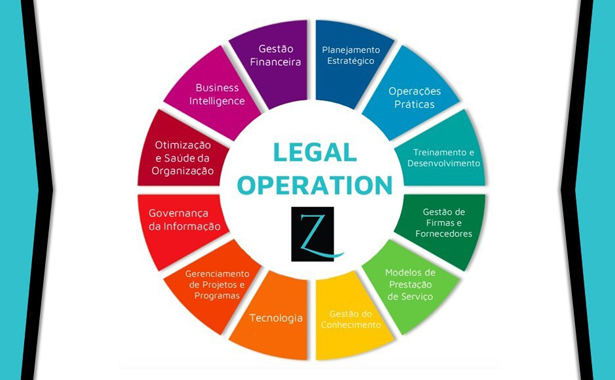Harassment
Harassment in the context of law typically refers to unwanted, repetitive behaviour intended to disturb or upset someone.
General Principles of Harassment
– Civil Harassment: Victims of harassment may pursue civil remedies, such as obtaining a restraining order or filing a lawsuit against the harasser. These measures seek to stop the harassment and may include compensation for damages.
– Criminal Harassment: In many jurisdictions, criminal laws address harassment. These laws may involve actions such as stalking, cyberbullying, or other forms of persistent unwanted behaviour. Criminal charges can result in penalties such as fines or imprisonment.
– Workplace Harassment: In many countries, including the United States (Title VII), the United Kingdom (Equality Act 2010), and Canada, there are laws in place to prohibit discrimination and harassment in the workplace based on protected characteristics such as race, gender, age, disability, sexual orientation, and more. Employees who experience harassment may have legal recourse against both the harasser and the employer.
– Online Harassment: Harassment that occurs online, such as cyberbullying or trolling, may be addressed by specific laws related to electronic communication and internet use.
– Harassment as a Hate Crime: In cases where harassment is motivated by prejudice or bias against a particular group, it may be considered a hate crime. Hate crime laws may enhance penalties for offenses committed with a biased motive.
Types of Harassment
– Sexual Harassment: Unwanted sexual advances, requests for sexual favors, or other verbal or physical conduct of a sexual nature that interfere with an individual’s employment or education.
– Stalking: Unwanted and repeated attention, contact, harassment, or any other behavior directed at a specific person that causes them to feel threatened or fearful.
– Bullying: Repeated, aggressive behavior intended to intimidate, degrade, or humiliate a person, often in a workplace or educational setting.
– Racial Harassment: Harassment based on a person’s race, ethnicity, or nationality, including offensive comments, slurs, or discriminatory actions.
– Religious Harassment: Unwelcome behavior targeting an individual based on religious beliefs, including mocking, exclusion, or offensive comments.
– Gender-Based Harassment: Harassment based on a person’s gender, including sexist comments, unequal treatment, or discriminatory practices.
– Sexual Orientation Harassment: Harassment based on a person’s sexual orientation, including derogatory comments, exclusion, or discriminatory actions.
– Quid Pro Quo Harassment: A form of sexual harassment where a person in a position of authority requests sexual favors in exchange for benefits, such as job advancement or protection from negative consequences.
– Age-Related Harassment: Harassment based on a person’s age, often seen in the workplace, including age-related jokes, exclusion, or unfair treatment.
– Disability Harassment: Harassment based on a person’s disability, including mocking, exclusion, or failure to provide reasonable accommodations.
– Third-Party Harassment: Harassment occurs when an employer fails to address and prevent harassment by non-employees (e.g., customers, clients, or vendors) that affects employees in the workplace.
Victims of harassment may pursue civil remedies, such as obtaining a restraining order or filing a lawsuit for damages. Civil litigation can be a way to seek compensation for harm suffered because of the harassment.



